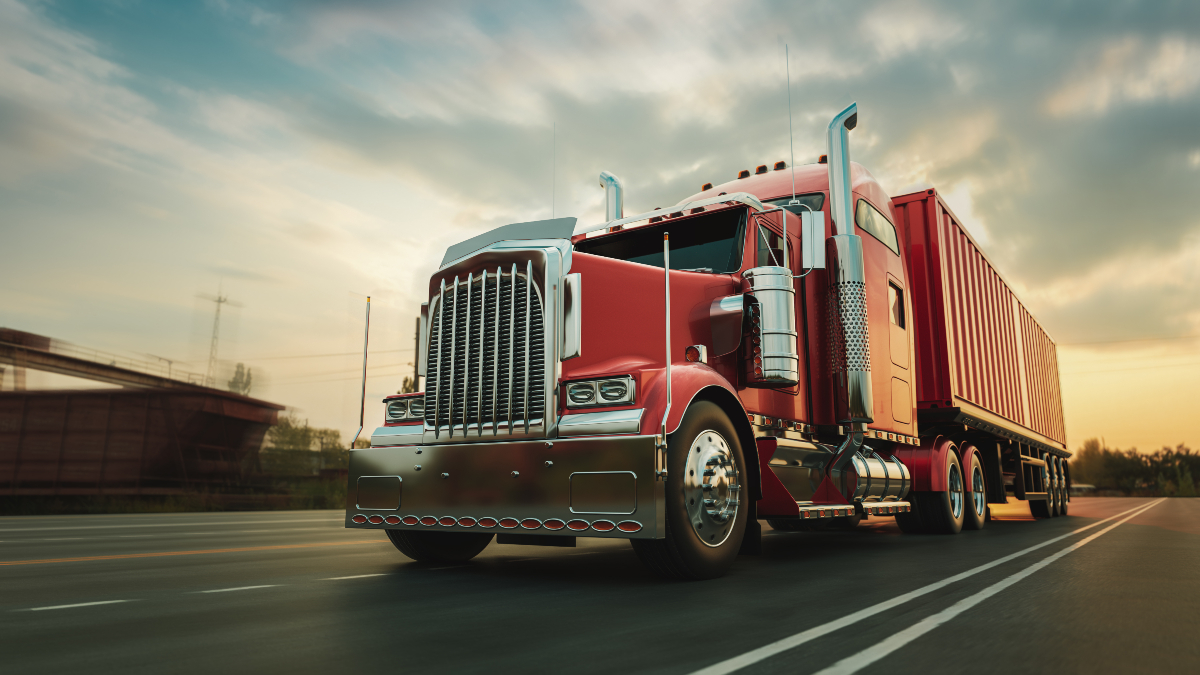
The trucking industry is an old and honorable profession. Truck drivers are the backbone of America’s transport network, hauling everything from food to furniture across the country. However, there are many misconceptions out there about what it takes to become a truck driver, which can make this job seem unattainable for some people. Here are the steps you need to take to become a truck driver.
Find The Right School
When you want to become a truck driver, the first step should be finding the right school to attend. When deciding which option is right for you there are a number of things to consider. As the folks at Truck Driving Schools Info to explain, you should decide if you want to attend full-time or part-time. Decide also if you want a local school or one far off.
There are many schools out there that purport to train students for careers as professional drivers, but not all of them are legitimate. It’s important to do the necessary research beforehand and choose a school that has a good reputation and solid track record. Look for schools with instructors who are current or former professionals in the field, such as experienced truck drivers or those who have attained certifications through the American Trucking Association (ATA).
Many trucking companies work with specific schools and programs so you can also ask about referral programs when researching your options. Generally speaking, there are three types of formal training you can get:
- Classroom instruction
- On-the-job training with a company that offers it (known as “Fleet School”)
- Training at an accredited driving school. Some schools offer all three but not all, so you need to know which option is best for you depending on your needs and goals
Get Your Commercial Driver’s License (CDL)
This credential allows drivers to operate commercial automobiles in any capacity, including standard cars and trucks. There are three levels of CDLs: Class A for large vehicles weighing 26,001 lbs., Class B for medium vehicles weighing between 16,001 lbs. and 26,000 lbs., and Class C for vehicles weighing more than 10,000 lbs. You can get a non-commercial license, which only allows you to drive private cars and small trucks in your own state, but getting a commercial license is better because it enables you to work as a professional driver.
There are different tests depending on whether you wish to obtain a Class A or B CDL. The general rule is that if the vehicle has air brakes (that apply pressure using compressed air instead of friction), then you need an “Air Brakes Endorsement” aside from your standard CDL testing; and if the truck has 18 or more tires, then you’ll have to take another test specifically on those kinds of vehicles. To get your CDL, you must be at least 18 years old and have a valid state-issued driver’s license.
Apply For The Job And Get Hired
Once you have an accredited degree or certificate, it’s time to start applying for trucking jobs. If you’re in the market for an entry-level position, some companies won’t care whether you have professional driving experience or not; all they want to see is that you graduated from a reputable school with good grades before moving on to step four.
In fact, many trucking firms prefer hiring fresh graduates because they think these candidates are more likely to thrive under the supervision and learn the ropes faster than more experienced drivers who are already set in their ways. Ask local trucking companies about openings and express your willingness to participate in company-paid training.
The main thing that differentiates drivers is their skill level, so if you’re looking for an entry-level position and there’s a likelihood that you might be promoted further down the road; you need to show the hiring manager your potential. If this means getting some endorsements from former driving instructors or managers who can testify on your behalf, then go ahead and ask them for letters of reference. You may also want to include samples of previous work such as writing samples, pictures, or videos with a brief explanation that demonstrates how well you perform under pressure.
Keep Learning And Developing Your Skills
As a professional driver, you will always need to keep learning and developing your skills to stay current with the industry’s latest technologies and regulations.
Driving is also an art best learned through attention and application, which means you have to work on developing strong observation skills while constantly monitoring your surroundings even when there’s nothing going on around you. To excel at this professional skill set, invest time in honing your observational abilities by looking farther ahead than what’s directly in front of you.
The trucking industry is one of the few industries that has remained strong despite economic fluctuations. With a shortage of drivers, there are plenty of opportunities. You should start by finding an accredited school that offers a CDL program and courses in commercial driving skills. Once you’ve earned your CDL, apply for jobs with companies like UPS or FedEx and keep learning from experienced drivers on how they handle their rigs through different conditions. If you are serious about being a trucker then follow these steps to get started.




